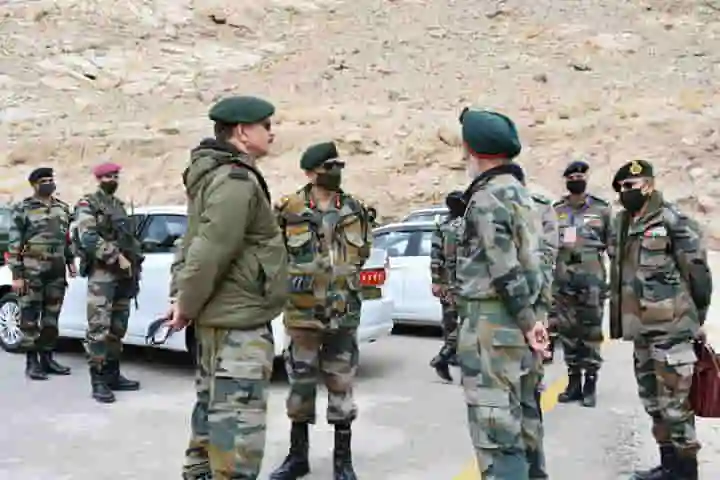China’s effort to force India to accept a “new normal” in Ladakh, by trying to dissuade New Delhi from raising objections to the Chinese occupation of the remaining hotspots across the Line of Actual Control (LAC), has once again boomeranged.
Since last month’s session of the UNGA in New York, China has begun to amplify its anti-India rhetoric citing the situation in Ladakh. Beijing’s shriller criticism of India follows the first face to face summit of the Indo-Pacific Quad comprising India, Japan, Australia and the United States on the side-lines of the UNGA. Besides, the Ministry of External Affairs has reinforced India’s claims over the undivided Kashmir and Ladakh—a move that seems to have further infuriated Beijing.
India’s moves follow Chinese foreign minister Wang Yi’s attempt to persuade External Affairs Minister, S. Jaishankar not to let the Ladakh situation come on the way of normalization of ties, during a meeting in Dushanbe on the side-lines of a meeting of the Shanghai Cooperation Organisation (SCO). It is evident that India will have none of it. Ties between the two countries can get back on track only if the Chinese restore the status quo ante, that is revert to the deployment of forces as they existed before the May 2020 incursions.
Unsurprisingly, the Chinese foreign ministry has gone ballistic—accusing India of pursuing an aggressive “forward policy” along the borders. It has also accused India of starting an “arms race” in the region by introducing technologically advanced weaponry in the area.
In view of renewed Chinese belligerence, Chief of Army Staff, Manoj Mukund Naravane has visited Ladakh to take stock of the operational preparedness of Indian troops deployed in strength along the LAC.
In a defiant message to China, Gen. Naravane made three points.
First, it was China and not India that continued to adopt a belligerent stance in Ladakh. Naravane told reporters last week in Ladakh that the Chinese troop presence along the 3,500-kilometre border had increased in "considerable numbers" and this was a "matter of concern".
Second, after raising the red flag, he also made it plain that India would not cow down. Gen. Naravane stressed that the Indian military too was building up its forces along the border to deliver a befitting response.
"We have also inducted advanced weaponry. We are strong, quite well-poised to meet any eventuality," the Times of India newspaper quoted him as saying.
Third, India was ready for negotiations but only from a position of strength. Third, ready for a dialogue from a position of strength. Gen. Naravane stressed that had been holding high-level military talks since the deadly clash in the Galwan valley in June 2020, and another meeting was expected next week.
What has riled China is that India’s defiance has been reinforced by a subtle introduction of a nuclear element in case China continues to remain belligerent and expansionist. Media reports that India was set for a “user trial” of the Agni-5, 5000 Km range solid-fuelled ballistic missile, which can carry both nuclear and conventional warheads has jolted China. In other words, India now had the capability of the entire Chinese mainland , including the industrial hubs of Shanghai and Guangzhou. Feigning peaceful intent, Chinese foreign ministry spokesperson Zhao Lijian said at a press conference that “maintaining peace, security and stability in South Asia meets the common interests of all, where China hopes that all parties would make constructive efforts".
Clearly another cycle of post-Galwan India-China frictions, under changed international circumstances, and unpredictable consequences has begun. But clearly, despite China’s visible annoyance, India will not back down, till a new and mutually satisfactory balance of power in the region, respectful of India’s rise, is predictably achieved.
Also Read: India, China to hold military talks in mid-Oct: Army Chief
Also Read: World’s largest Indian tricolour unveiled in Khadi to mark Gandhi Jayanthi




















